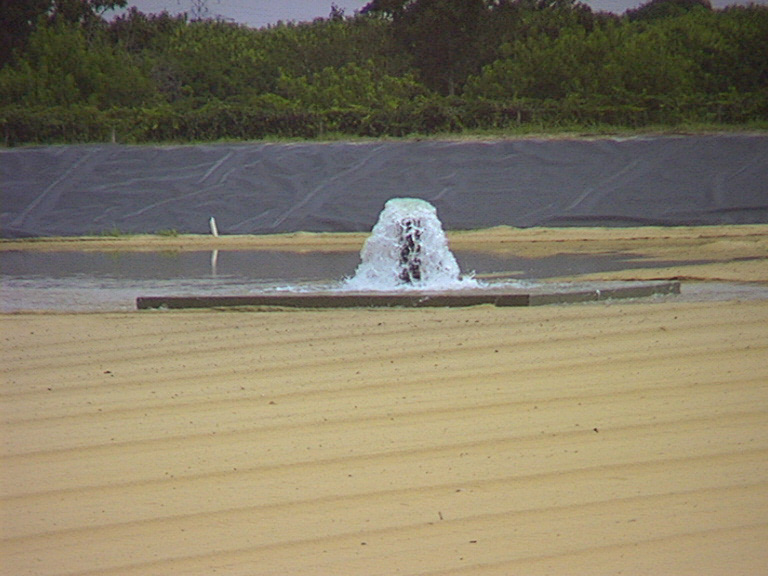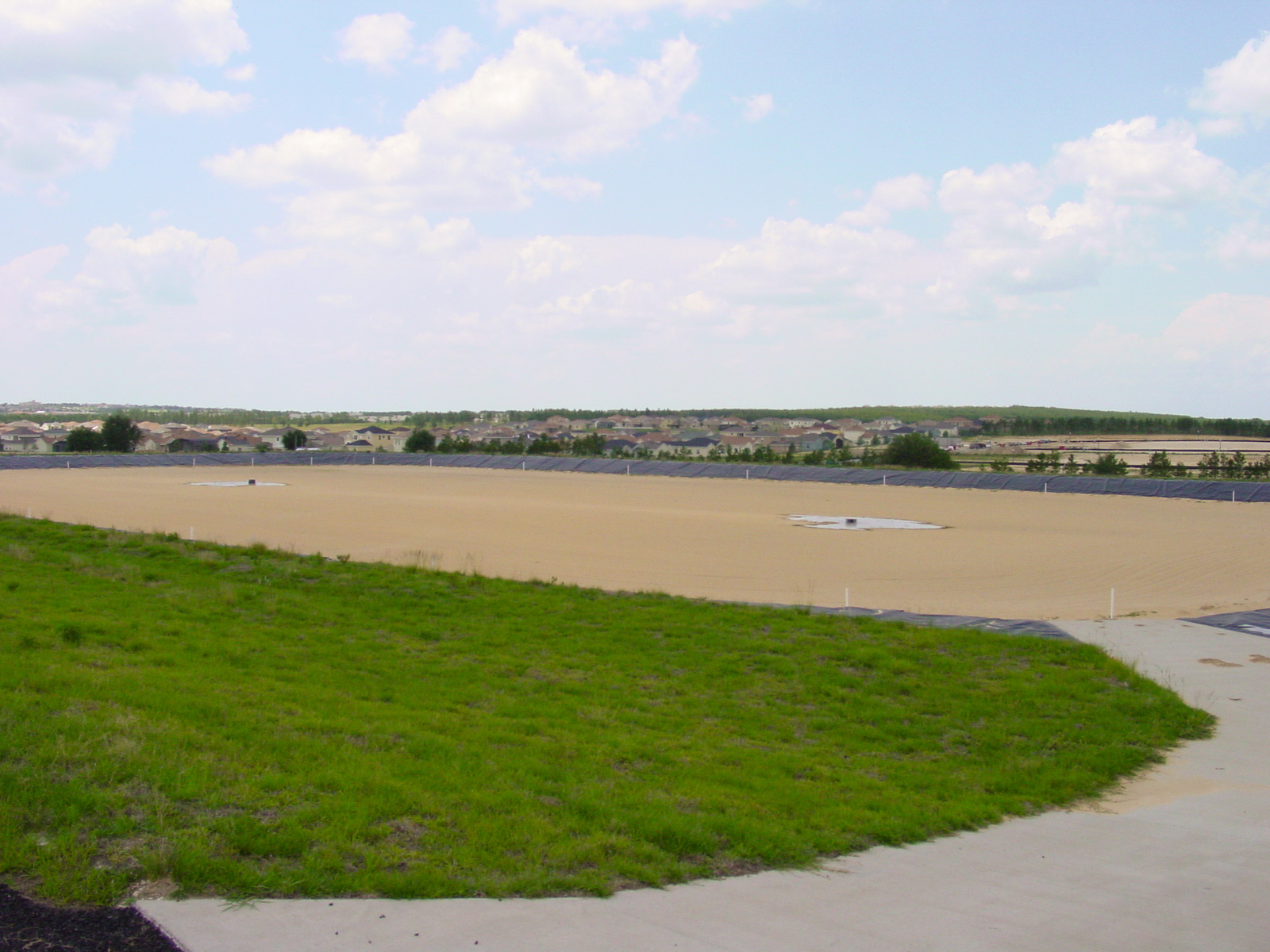At is simplest, managed aquifer recharge or MAR is the deliberate replenishment of groundwater through various techniques applied to enhance the movement of water from the surface into the subsurface. As water demand increases and water access becomes more of an issue, MAR as an integral part of resiliency becomes a critical effort for every project from large to small. While MAR is not a new concept, it is currently a hot-button issue for water-stressed and drought-prone areas and should be one of the primary tools in the water resource manager’s toolbox.
There are a variety of water replenishment activities under the MAR umbrella including, but not limited to:
- Flood skimming/mitigation and infiltration
- Saltwater intrusion reduction/prevention
- Stormwater management and re-infiltration
- Rapid infiltration of appropriately treated wastewaters (municipal, industrial, and/or remediation sites)
- Aquifer storage and recovery (ASR)
- Instream flow recovery through baseflow enhancement
While not a comprehensive list, the above activities give a sense of the broad spectrum of potential MAR projects or applications. These types of activities can also be applied in several ways at both remediation sites and in municipal applications. Several of our projects have used the concepts inherent in MAR to accomplish multiple purposes including reducing cost of treatment, managing energy costs, recharging groundwater, and sustaining local base flows in nearby streams and rivers.
A Multidisciplinary Approach
The proper implementation of MAR involves multiple disciplines working together including hydrogeology, geochemistry, engineering, and controls systems to name a few. In-depth hydrogeological studies are the starting point for understanding how best to develop a MAR project. Once the hydrogeological field studies are completed, the synthesis of the data into a cogent conceptual site model and translation into a groundwater flow model are integral steps in understanding how to best design, construct, and operate MAR projects given fluctuations in seasonal flows and recharge conditions. The engineering design phase looks at the total system flows and in conjunction with site modeling develops the layout for the MAR including controls systems for distributing flows. Once facilities are constructed, operations, maintenance, and monitoring become key factors in ensuring long-term viability of the MAR project.
Woodard & Curran has investigated, designed, implemented, and operated and maintained multiple MAR facilities. The most common of these have featured the use of rapid infiltration basins (RIBs) to dispose of treated water and replenish groundwater flow systems. We have also implemented RIBs, injection wells and injection galleries in conjunction with pump and treat systems at remediation sites to prevent groundwater depletion and ensure continued flow to wetlands and streams. In many cases, these RIBs and/or injection wells have a secondary purpose as barrier systems to prevent migration of contaminants toward and maintain baseflows in the adjacent streams while enhancing site cleanup timeframes through flushing back towards pumping wells or galleries. It is easy to see how MAR at remediation or reclamation facilities fit in with a company or community’s goals regarding sustainability and environmental stewardship.


Resilient Water Resources
The use of MAR systems also helps to ensure a resilient groundwater resource. The capacity of aquifer systems to store water without the magnitude of the losses due to evaporation in surface systems give aquifers the edge when it comes to storage resiliency in dry climates. The long-term viability of a community’s water resource is also enhanced by using MAR to stabilize supply by mitigating groundwater depletion and providing insurance against drought. As an example, skimming flood events and sequestering that water in a community’s aquifer via MAR provides savings to use during times of drought.
As population increases and climate shifts, the use of MAR will become increasingly more important. It is never too early to start planning. The many facets of MAR should be in everyone’s toolbox for sustainability and resiliency.
